Why is there an abandoned gold dredge lying deep within the forest, on a remote hillside in northern BC?
Seriously, a huge abandoned dredge lying on top of a hill, deep in the forest in a remote region of Northern British Columbia? How does that work and how did it get there? Those were the questions going through our minds on our trip to Atlin, BC. If you’ve never been there and find yourself wandering around northern BC and the Yukon you should definitely check this out.
Atlin, BC
Atlin is a remarkable little town that is a holdover from the days of the Klondike gold rush. It is located on the shores of BC’s largest natural lake, Atlin Lake, which is about 176 kms (109 miles) from Whitehorse, YT and takes about 2 ½ hours to drive to on paved and chip seal road. The current population is about 450 full-time residents. For other interesting things to see around Atlin, check out our post: Atlin, BC ‘Switzerland of the North’
The History
The history surrounding Atlin began in the spring of 1898 when Fritz Miller, a German, and Kenneth MacLaren, a Canadian, left the Klondike trail at Bennett, BC and crossed the ice of Taku Arm and Atlin Lake. They eventually found themselves on Pine Creek, not far from present day Atlin, where they discovered a rich deposit of gold. In a short time they would head for Juneau, AK to get supplies and equipment in order to carry on their mining operations.
Likely, because of the huge stash of equipment and supplies they were hauling, they drew some attention in Juneau and were followed back to Pine Creek. By mid-August news of their strike had reached the BC government in Victoria and remarkably, that same year, nearly 3000 people had staked all the available ground in the area! That is a lot of people when you consider that the only way to get there in those days was on foot or by river and lake travel.
By the following year thousands more had arrived, and it wasn’t long before the town of Discovery had sprung up on Pine Creek. With a population of over 10,000. people at its peak, there were dozen of saloons, brothels, groceries stores and other essential suppliers. However, the town soon moved down to the shores of Atlin Lake where it sits today. Many of the original buildings still survive.
Early on most of the shallow, easy to find gold deposits were cleaned out, which meant that the rest of the gold was buried in the ground. This meant the need for dredges or hydraulic mining. The difficult terrain and harsh conditions forced many miners to quit. Others became better organized and more efficient and larger companies came in that had the money to invest in improving the infrastructure to maximize production.
The Mystery of the Dredge Solved!
One of the key issues that hampered hydraulic mining in the Atlin area was lack of a consistent water supply. Therefore a plan was devised to provide high pressure water for the huge nozzles used in blasting away the overburden to get at the gold. In 1906 a crib damn was built across the outflow of Surprise Lake to create a reservoir. Over the next two years, a floating dipper dredge, built by the Fairbanks Steam Shovel Company in Marion, Ohio was put into service, digging a diversion channel 6 feet deep, 5 miles long and 26 feet wide. This channel would provide the huge volume of water needed to supply the mining efforts.
The channel was created well up on the hillside to create the necessary drop or head required. The only other thing needed was a pressure box, built below the terminus of the channel with a pipeline running to the creek below give the increased water pressure required for the hydraulic mining operations.
Once the channel was finished the dredge was used to create another channel off to the side where it was sadly, left to rot and where it sits today. The remains of this barge, sitting high on this hilltop, lost in the wilds of northern BC is a truly remarkable testament to the ingenuity and fortitude of the men and woman who worked, lived and died creating this amazing piece of history.
Getting There
Getting to the dipper dredge is not for the faint of heart. It is about 10km from from Atlin some of it on a very narrow single lane dirt road. However, it is well marked with signs along the roads.
Atlin
For more information and photos of beautiful Atlin, check out our post: Atlin, BC “Switzerland of the North”
To purchase images check out out sister website: Brakelightfoto

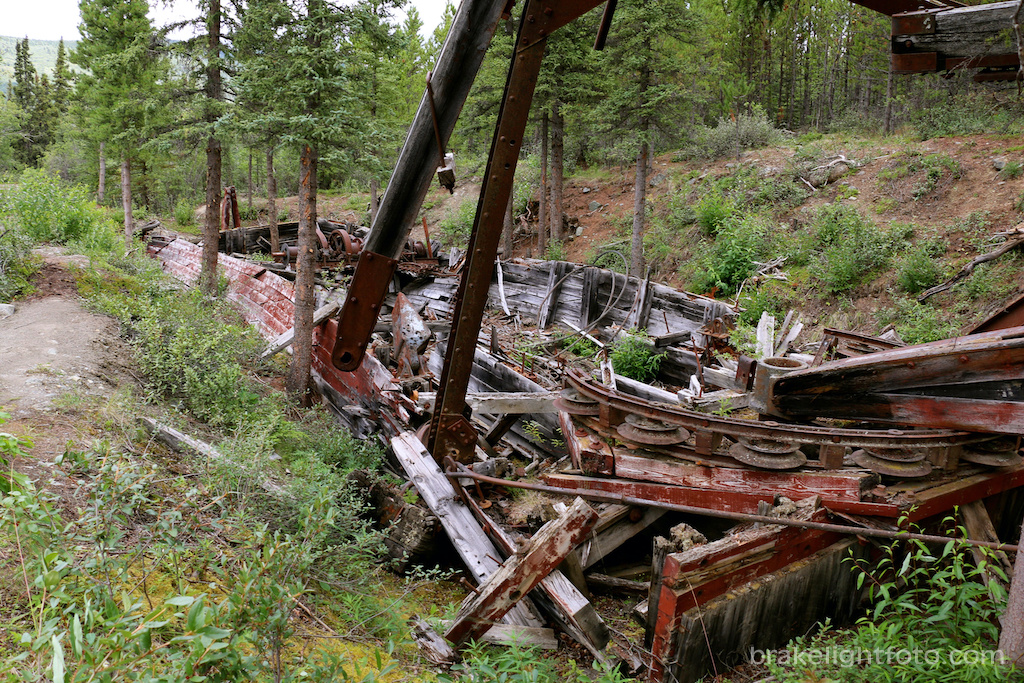
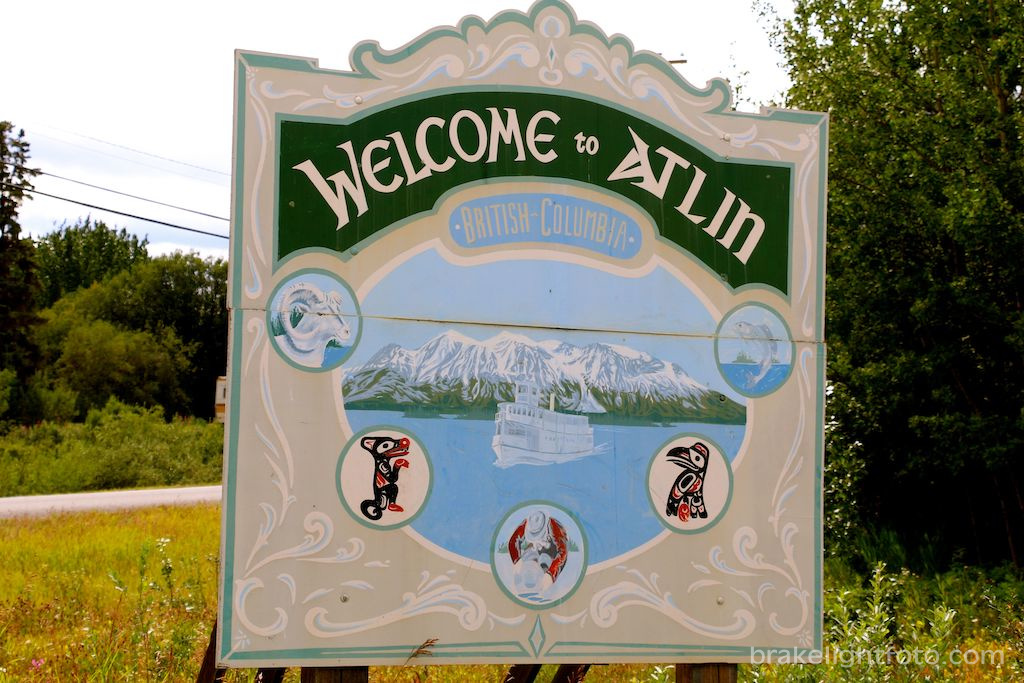
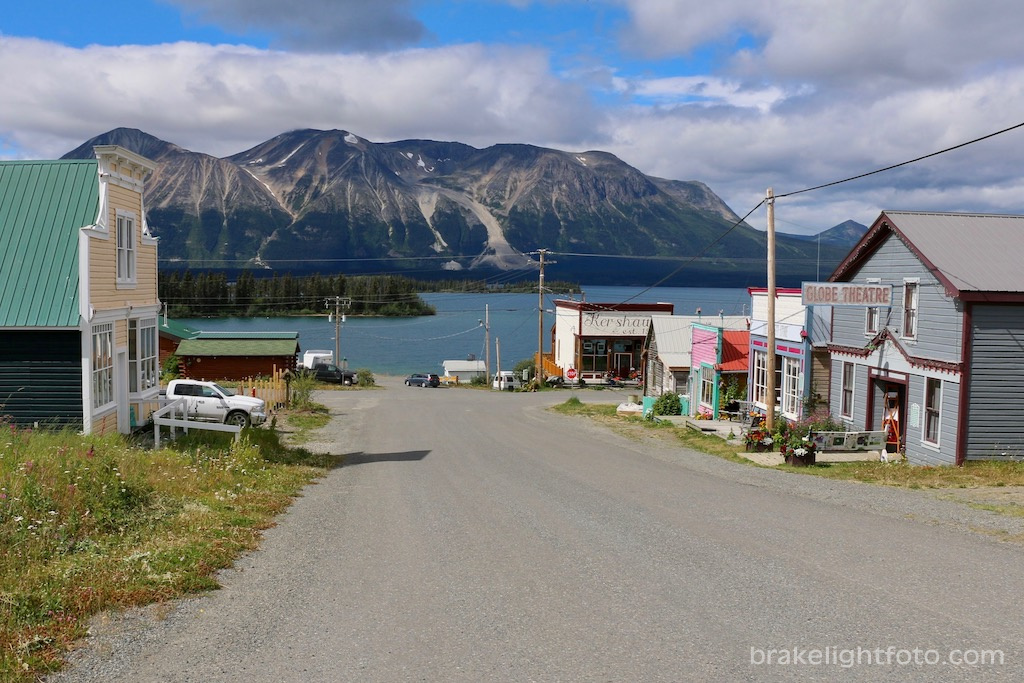
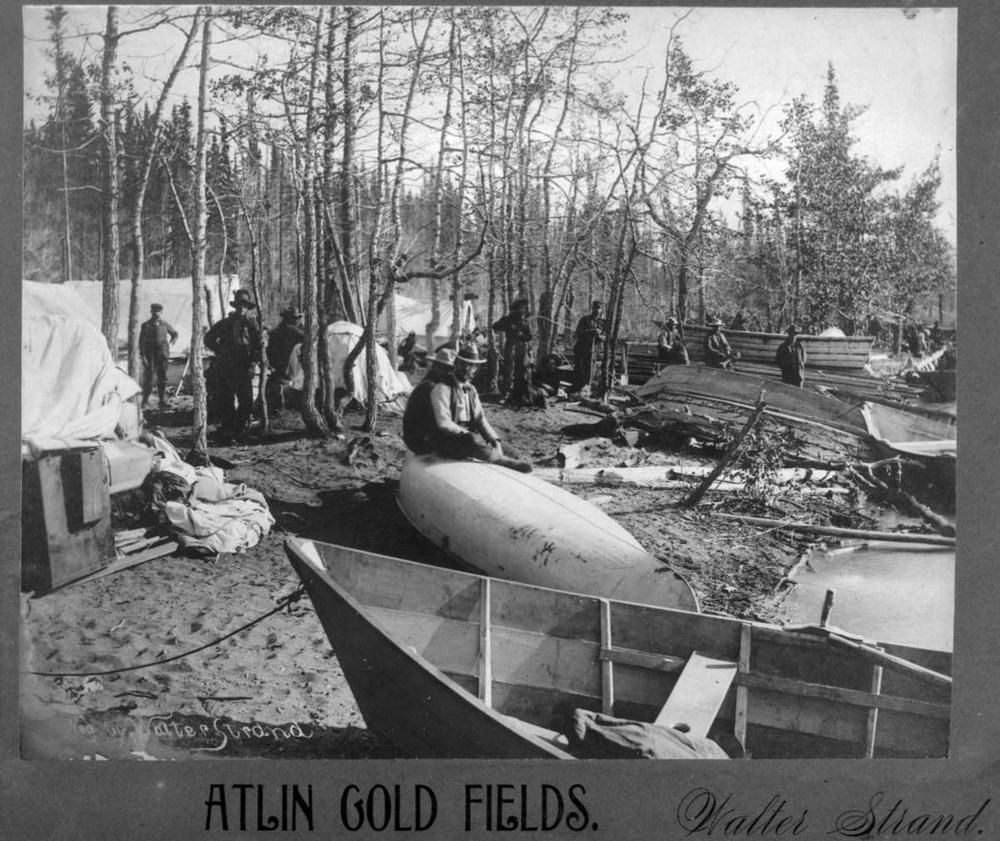
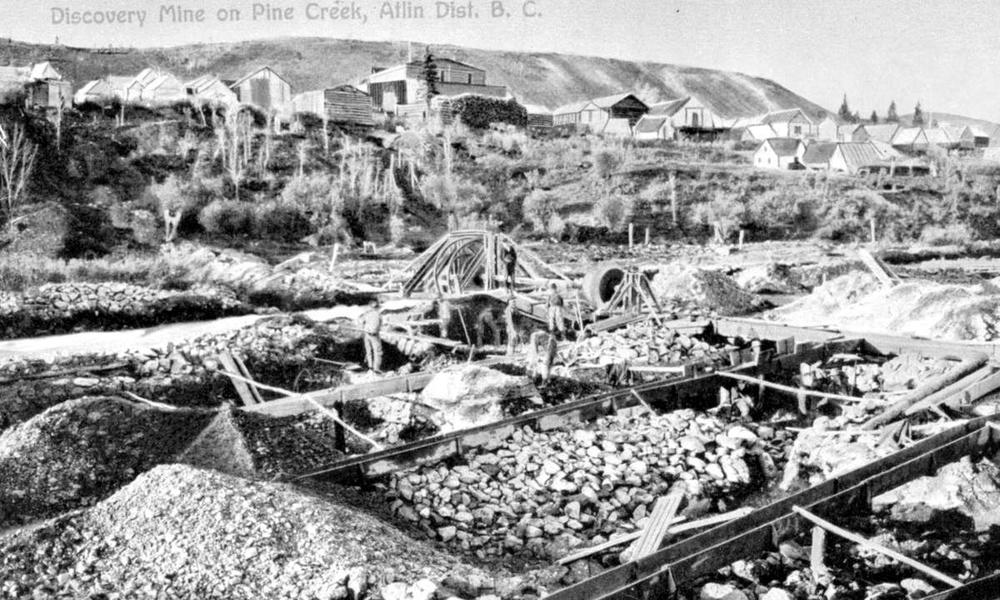
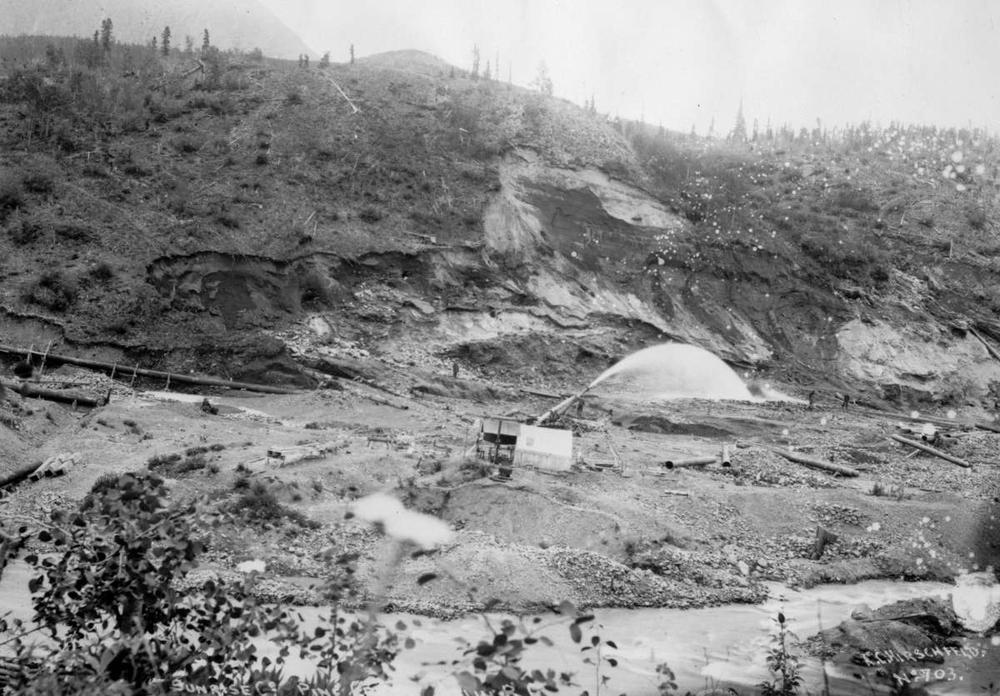
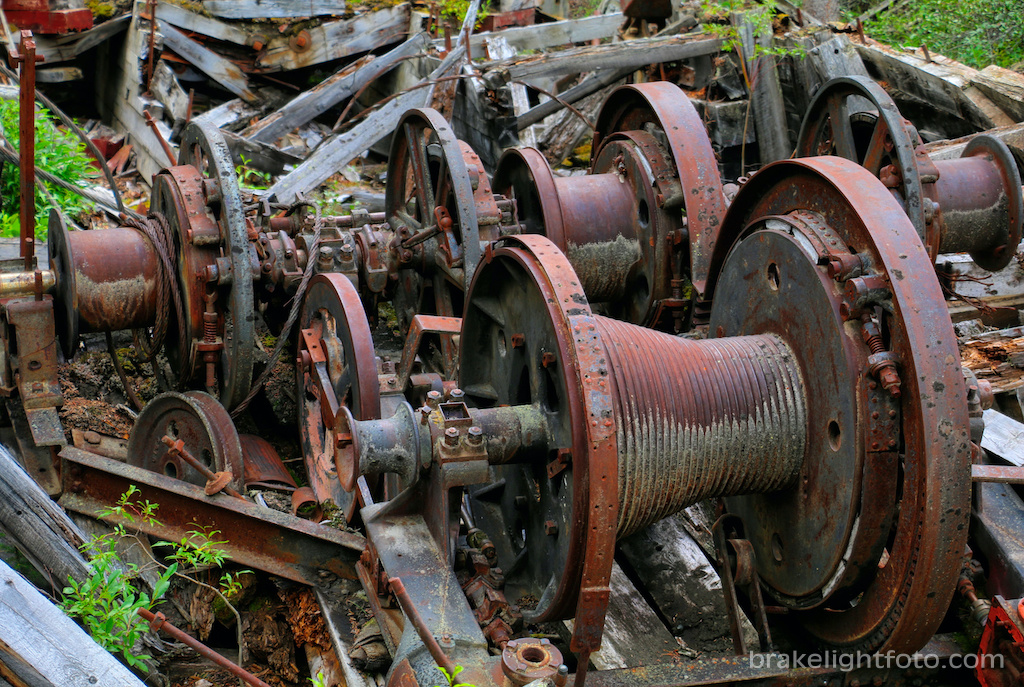


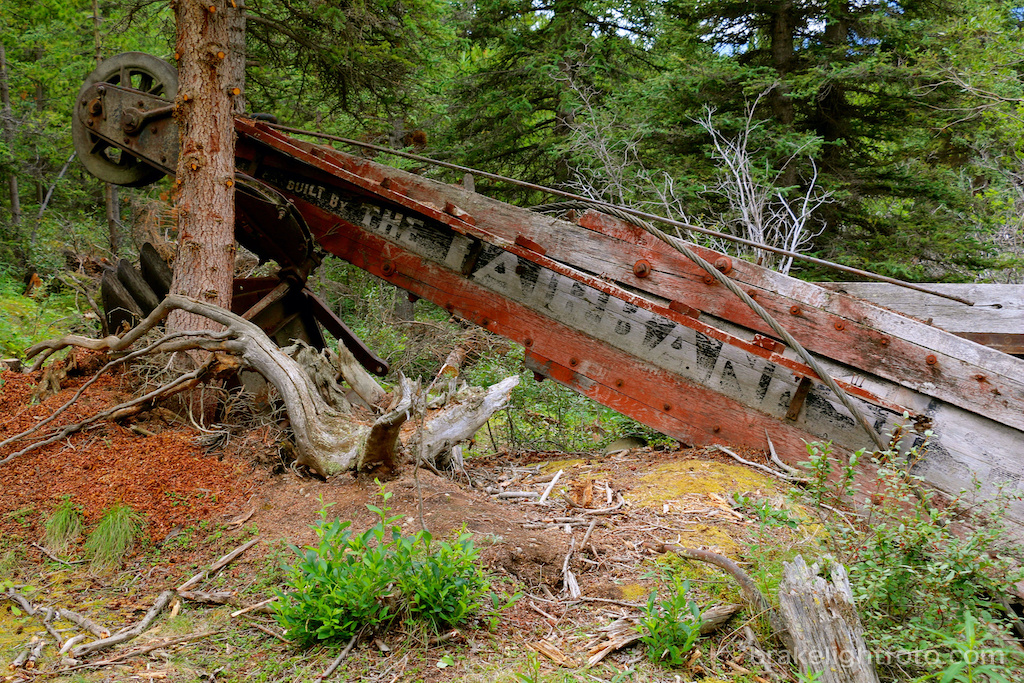
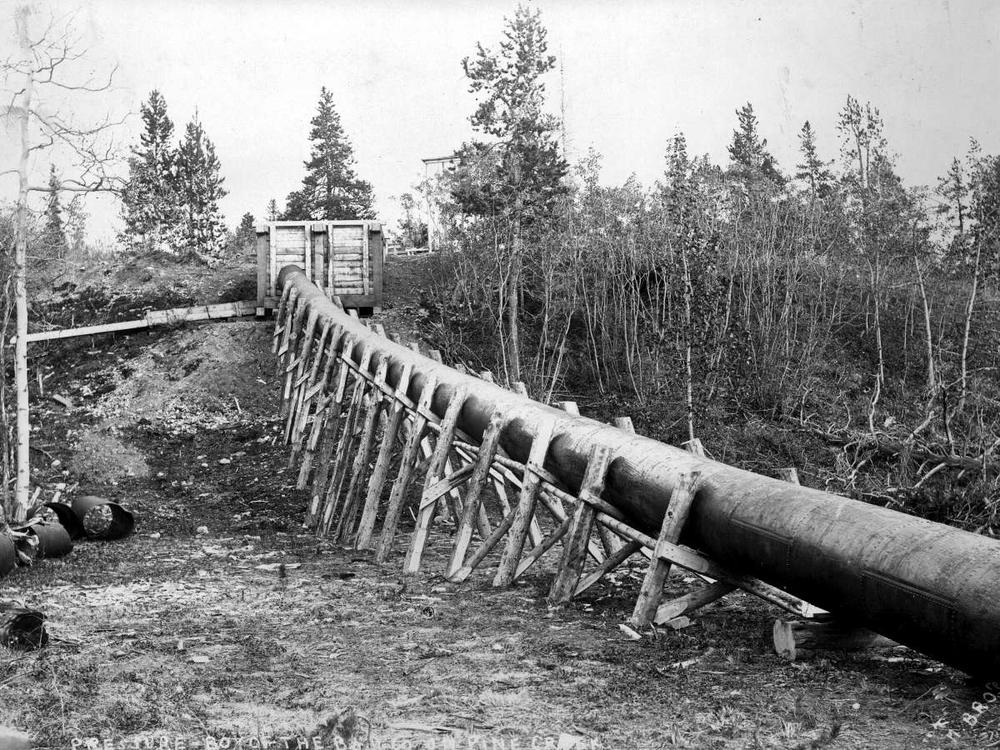
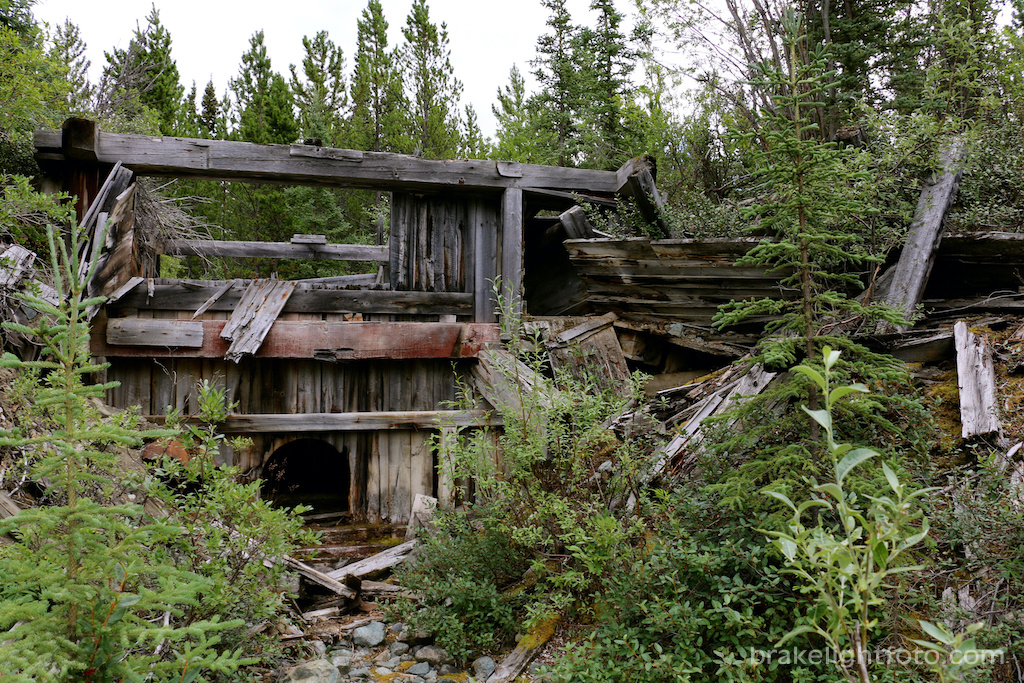
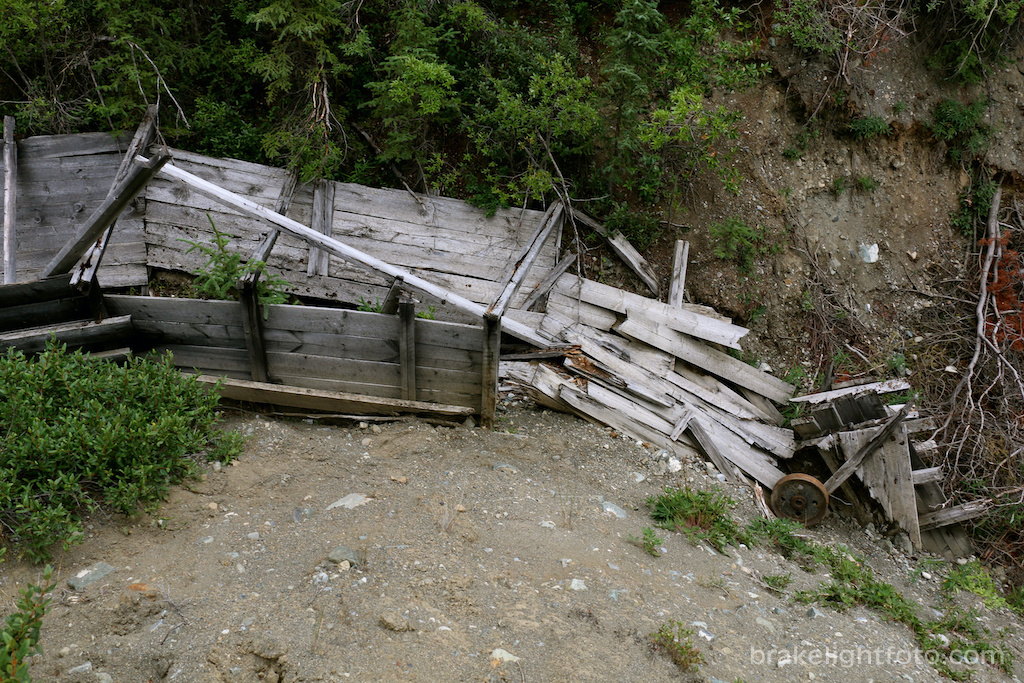
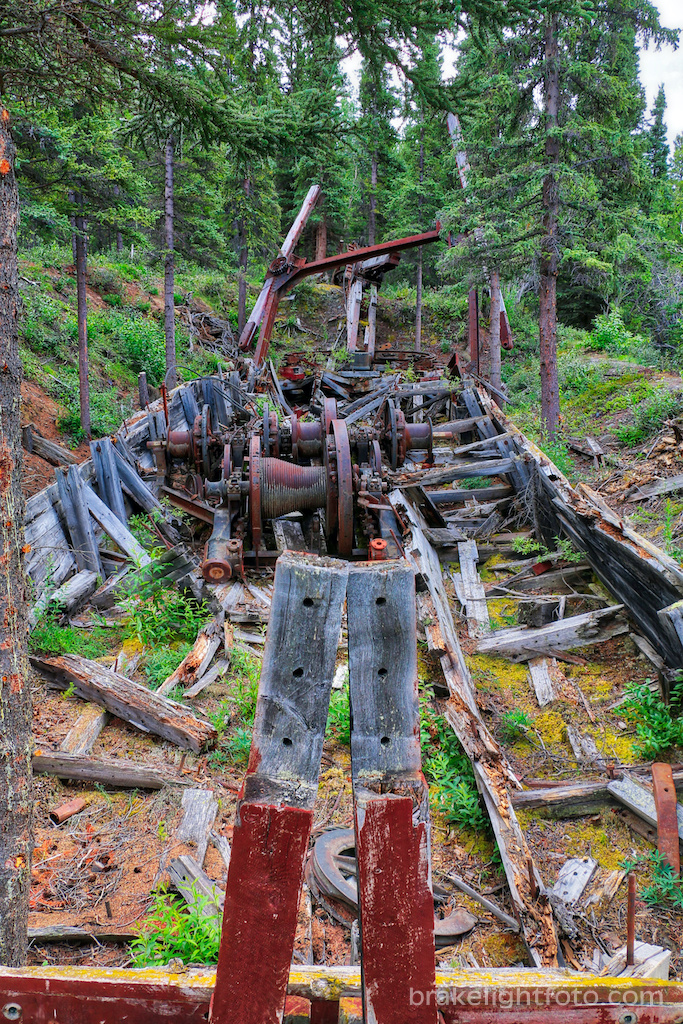




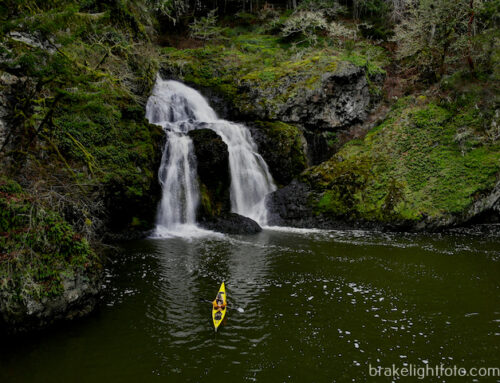
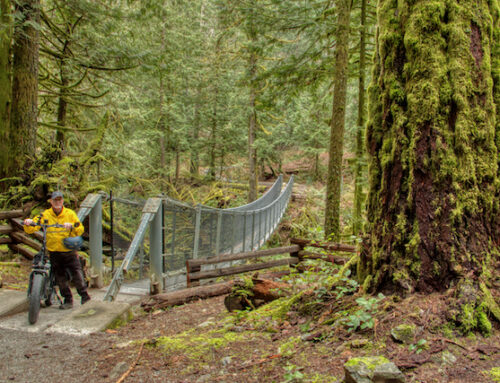
Leave A Comment